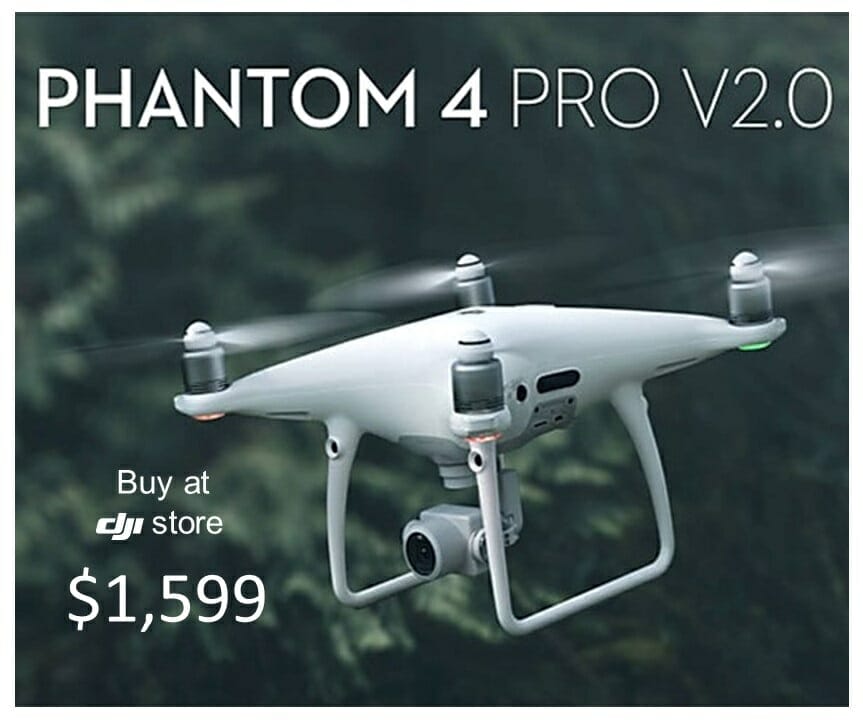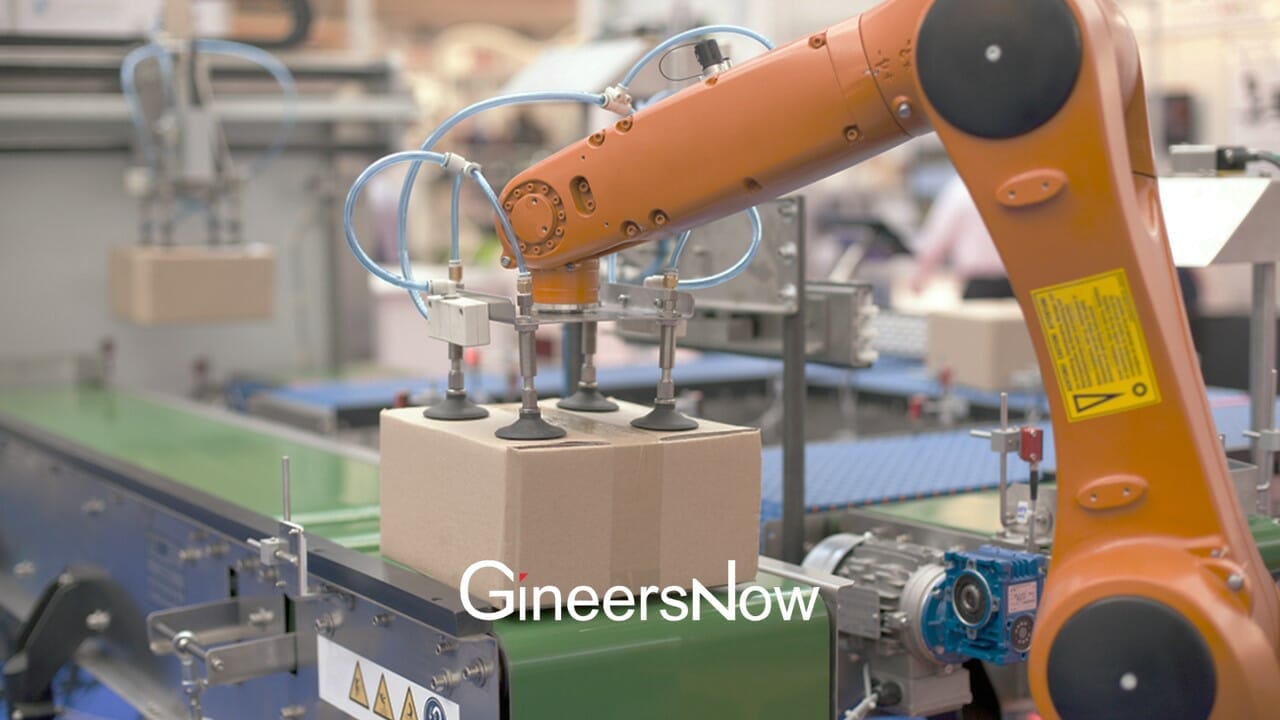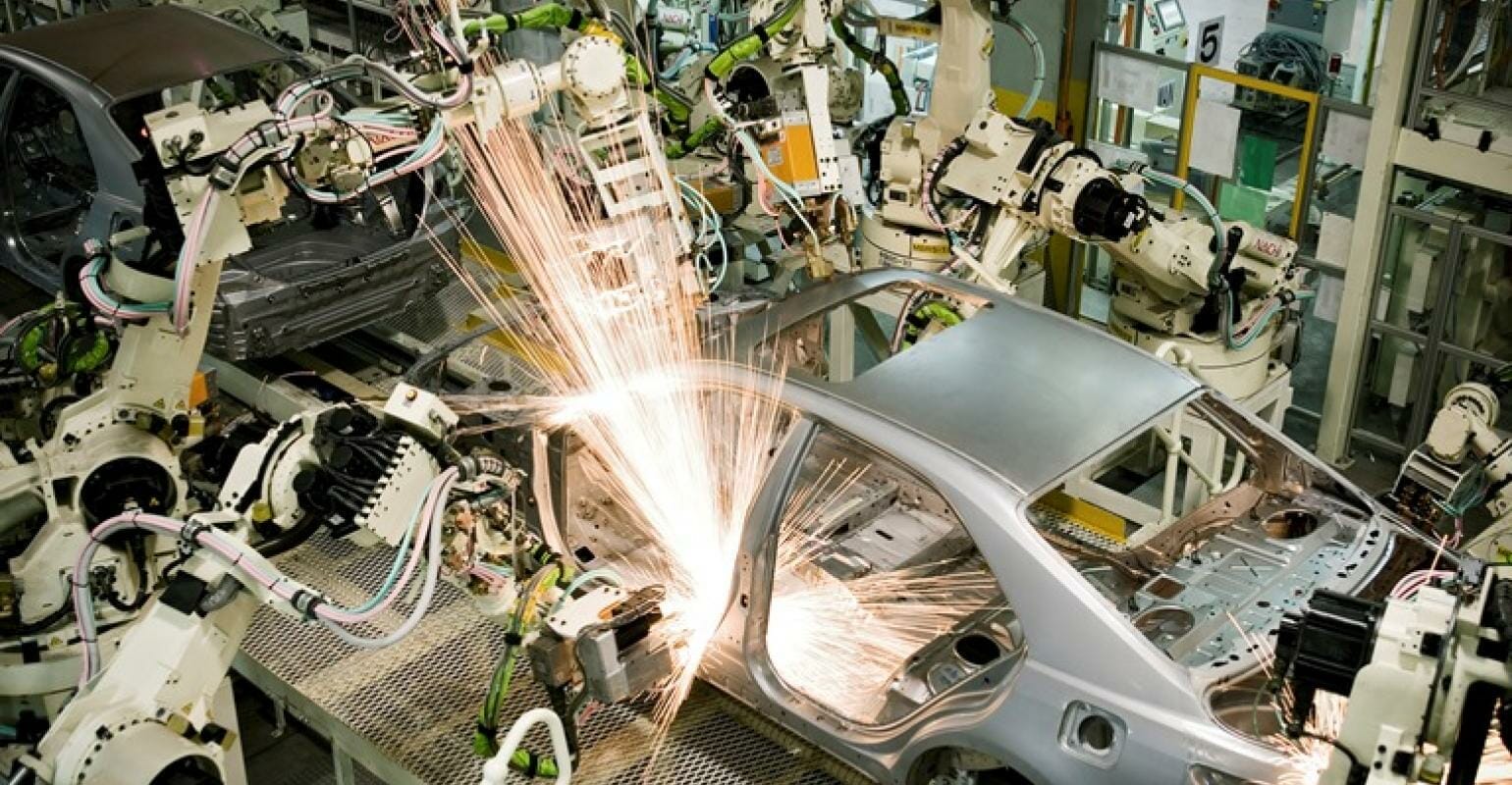According to TPC, in todays global economy, manufacturing a part for production is only half the battle. Ensuring that a product is not damaged during transport is imperative to maintain customer satisfaction, and overall project success. When it comes to delivery to the end user and internal component transportation within a company, dunnage is an important part of ensuring product quality. Whether a ship is rocking, or a trucker slams on the brakes, having the correct dunnage in use can be an important part of ensuring customer satisfaction.

Why does dunnage matter?
The main purpose of dunnage is to ensure the safe transport of goods and minimize the damage that can happen during transport. Improperly secured parts can move around, causing damage to the shipping vessel or injuring personnel responsible for shipping due to a shifting load. Without dunnage solutions, transporting manufactured goods would make an already dangerous job even more prone to risk. Utilizing these systems minimizes the possibility of having manufactured products undergo any deterioration during transportation.
How does dunnage work?

Dunnage can take many forms and accomplish its goals in varying ways. It is used to ensure an item remains securely in place while being moved or to limit movement to minimize the risk of damage.
This can be accomplished by filling the space between parts or by seating the part in a way where the dunnage supports it and will not shift from place. Styrofoam “popcorns” are a form of dunnage common for smaller parts and help minimize movement and shock forces within a box during transport. For these small parts, a limited amount of movement is acceptable.
Limiting the movement of a part during transport is increasingly important for items of a larger magnitude. Larger, engineered cardboard dunnage systems also exist for some medium-sized to large-sized items, but these cardboard systems are not without fault. Cardboard dunnage is cheap but offers little resistance to moisture or oils, which can cause it to lose its structural integrity on overseas routes.

For larger parts, a different approach is needed. Custom-cast polyurethane dunnage has grown very popular for transporting manufactured items due to its resistance to ecological forces like temperature and moisture. Urethane dunnage is long-lasting and resilient, which allows it to be used multiple times in a given application.
Why Polyurethane dunnage excels
Polyurethane has seen an increase in use in the dunnage industry. The complex shapes that can be attained using modern molding techniques allow for dunnage systems that are precision-engineered to support an item during transport properly.
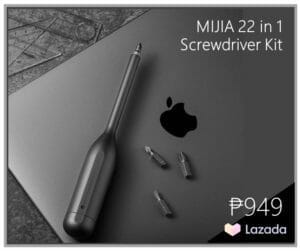
Giving urethane a textured surface allows for increased grip on the item being transported if needed. Interlocking elements on dunnage systems can allow for parts to be stacked in greater quality than would otherwise be impossible with many cardboard-based systems. Designing a custom dunnage system to transport large or delicate manufactured items safely is very common and has become extremely specialized in some of today’s largest industries.
Who uses urethane dunnage?
The aerospace and automotive giants of the world have invested heavily in closed-loop urethane dunnage systems, which have facilitated the easy movement of production materials between departments. Wing sections, Door panels, glass components, and metal-plated items all benefit from a properly engineered dunnage system. In the automotive industry, steps have been taken to standardize the racks used in dunnage systems and make cross-compatibility possible between manufacturers.
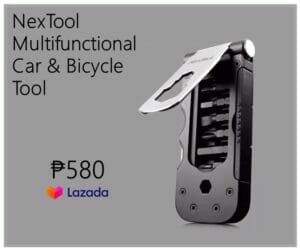
This has resulted in reduced costs for manufacturers when it comes to transport between factory assembly lines. In engineering proper dunnage solutions, the automotive sector has cut down on the number of parts that get rejected due to damage once they arrive at the factory. The glass industry has seen abundant use of dunnage in recent years. The abrasive nature of glass, combined with its delicate properties, makes for unique requirements when it comes to transport.
Long-lasting Polyurethane solutions have been developed to specifically suit this industry’s needs. Dunnage formulations that are non-marking are an indispensable part of the automotive windshield industry. These systems have allowed for large amounts of glass to be transported in a compact container, all while minimizing the number of broken windshields that occur.
Going Forward
As modern economies continue to integrate and supply chains become increasingly complex, more manufactured items will be transported long distances.

Making the appropriate dunnage choice can give clients the peace of mind that items will show up as ordered, with no damage. Picking a reusable option like polyurethane will allow for many use cycles of the dunnage. The ability to reuse the dunnage systems will decrease transport costs and help reduce ecological footprints for the companies that use them to transport their components. Successful transport dunnage solutions allow for a more decentralized approach to manufacturing while ensuring product quality regardless of the distance it must travel. Custom dunnage solutions for transport are a great value-added service that can set you apart from other manufacturers and give you an edge in today’s industries.









